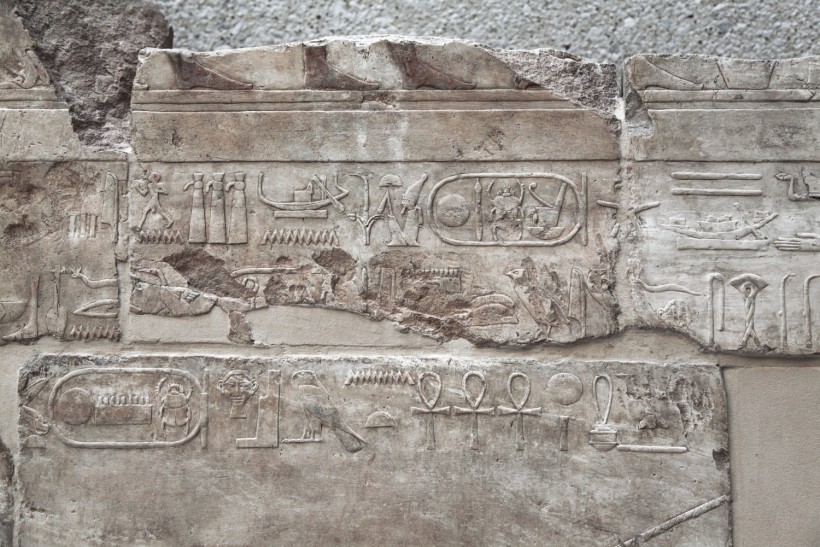Archaeologists unexpectedly discovered elements of an ancient Pharaonic temple in Old Dongola in Sudan.
2,700-Year-Old Ancient Pharaonic Temple
The temple dates back to around 2,700 years ago, to a period when the Kush kingdom ruled the area that covers present-day Sudan, Egypt, and regions of the Middle East.
Live Science reports that these remains were spotted at a medieval citadel in Old Dongola, which is a site situated between the Nile River's third and fourth cataracts.
This discovery was quite a surprise for the archaeologists. This is because no known findings from Old Dongola have dated back as far as 2,700 years.
ALSO READ: Hill of the Pharaohs Unveiled: Archaeologists Find Ancient Temple in Egypt
Stone Blocks With Hieroglyphics, Figure Decorations Spotted
“Within a radius of more than 100 kilometers from Old Dongola, there are no other known examples of sites with Egyptian-style architecture.” pic.twitter.com/XpjaVcD0vs
— ᴋʟᴀᵾs (@tinyklaus) March 5, 2023
The University of Warsaw's Polish Centre of Mediterranean Archaeology reported about such a discovery in a statement. They noted that stone blocks filled with pharaonic hieroglyphics and figure decorations were found at the medieval citadel site.
Dr. Dawid F. Wieczorek, an Egyptologist who was part of the expedition, identified these features as elements of a Pharaonic temple. He assessed that, based on paleographic and iconographic standards and the dressing technology of the blocks of sandstone, these findings were from a structure that was from the 1st half of the 1st millenium BCE.
This period was part of the XXVth Egyptian dynasty, which covered huge terrains across the Middle East and northeastern Africa.
Per Daily Caller, confirming that an ancient Pharaonic temple indeed existed in the Old Dongola site may offer insight regarding the site's history. It also shows that its foundation may have taken place much earlier than thought.
Mysterious Stone Blocks
Dr. Wieczorek notes, however, that these are only hypotheses that are grounded in the collected archaeological materials. The statement of the Polish Center of Mediterranean Archaeology reports that it is not possible to identify whether these blocks were from Old Dongola or if they were transported from somewhere else and used for construction.
Regardless of the case, the findings are remarkably surprising. The blocks were from a stone structure, and there are no known archaeological sites that have Egyptian architecture within a hundred-kilometer radius of Old Dongola.
The two most nearby sites are Kawa and Gebel Barkal. Kawa is around 120 kilometers down the Nile while Gebel Barkal is around 150 kilometers up the Nile.
Nevertheless, there could be more Egyptian sites within the Nile Valley's stretch. Dr. Wieczorek says that the current state of understanding just reflects the state of archaeology research. Dr. Wieczorek expresses hopes that their discovery will help in bridging the gap.
Julia Budka, who is a professor of archaeology from the Ludwig Maximilian University of Munich and who has conducted in-depth work in Sudan but was not involved in this research, mentioned to Live Science that the discovery is very important and that it raises several questions.
RELATED ARTICLE: Sphinx-like Statue Unearthed in Ancient Egyptian Temple Looks Like Roman Emperor Claudius
Check out more news and information on Archaeology in Science Times.











!['Cosmic Glitch' in Einstein's Theory of General Relativity Could Be Explained in This New Scientific Tweak [Study]](https://1721181113.rsc.cdn77.org/data/thumbs/full/53435/258/146/50/40/cosmic-glitch-in-einsteins-theory-of-general-relativity-could-be-explained-in-this-new-scientific-tweak-study.jpeg)



